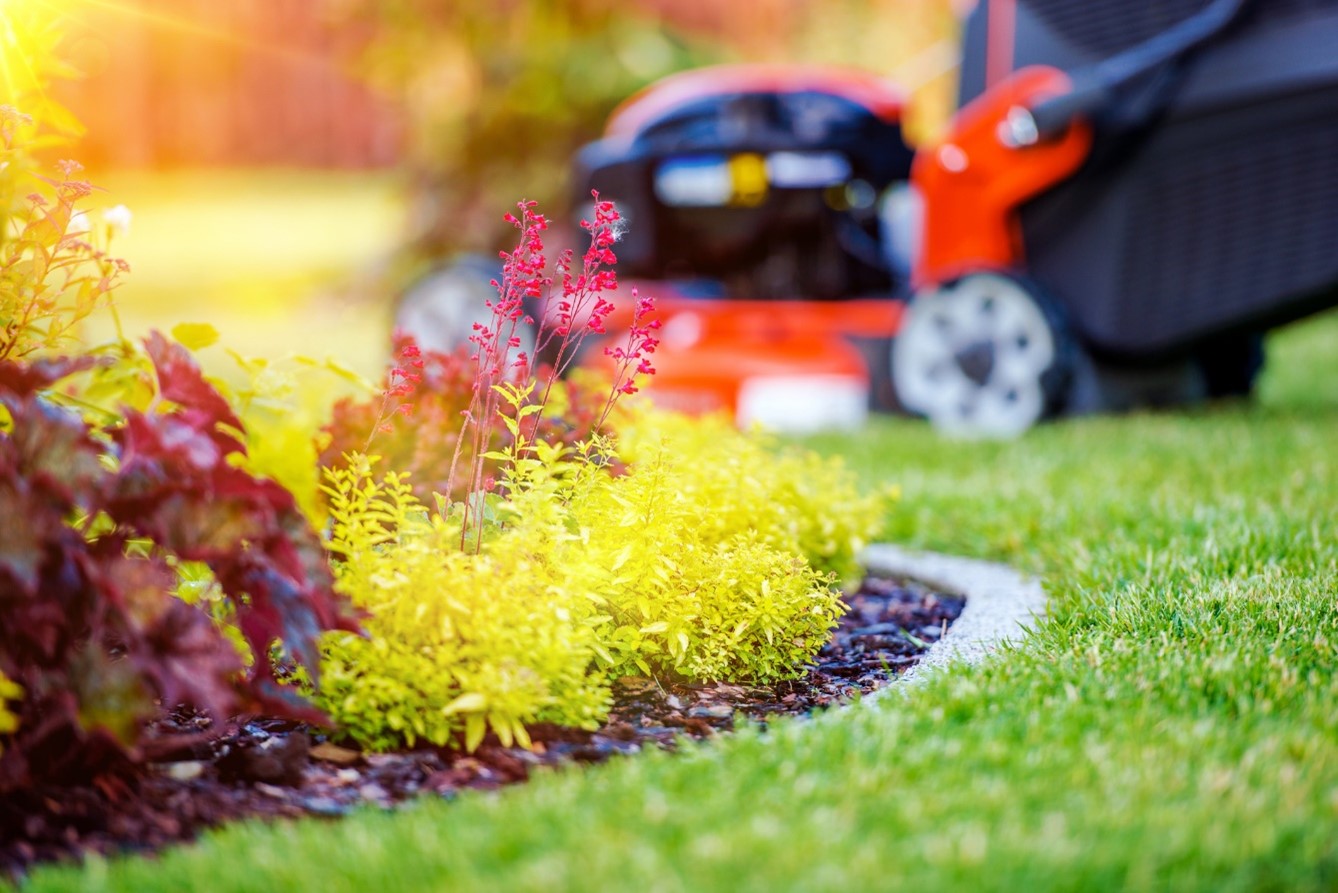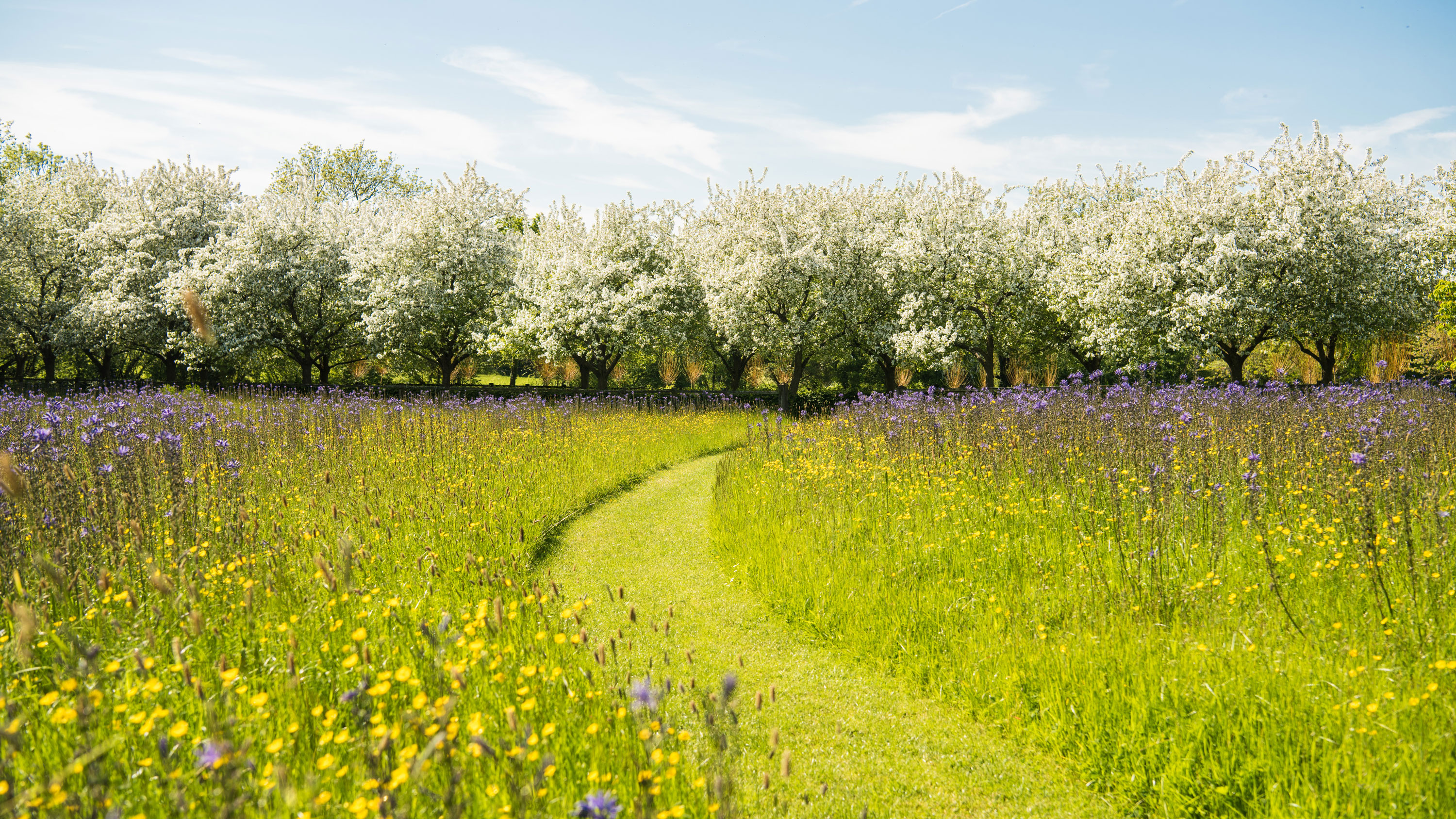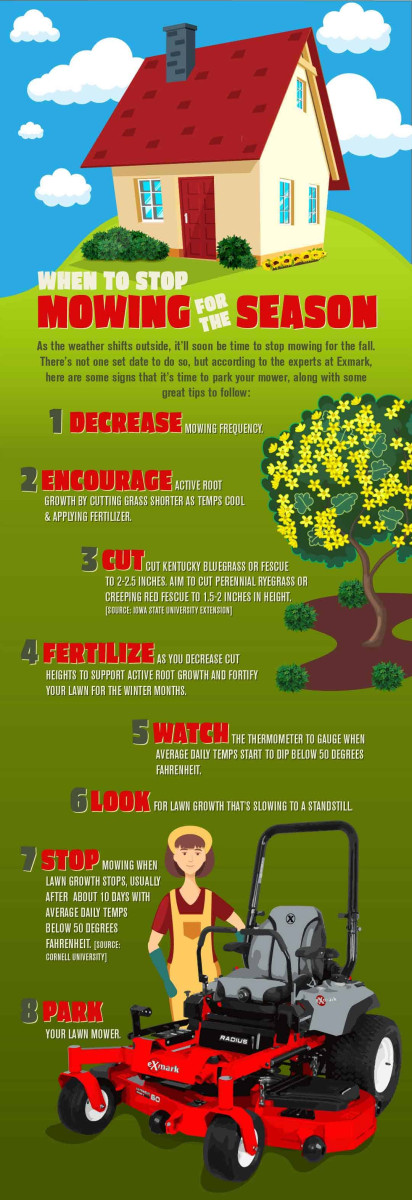As the days grow shorter and the crisp air of autumn begins to settle in, you might find yourself wondering, “When can you stop mowing your lawn?” It’s a question that crosses every homeowner’s mind as the seasons change.
You might be eager to pack away the lawnmower and enjoy some well-deserved downtime, but timing is everything. Understanding the right moment to give your grass a break can ensure a lush and healthy lawn come spring. We’ll unravel the mystery behind the perfect time to retire your mower for the year.
You’ll discover essential tips to keep your lawn thriving, even during the chilly months. Read on to learn how to make the most of your lawn care efforts and set the stage for a stunning yard next season.

Credit: weedman.com
Factors Influencing Mowing Frequency
Understanding the factors influencing mowing frequency helps maintain a healthy lawn. Mowing too often or too little can harm grass health. By considering specific factors, you can determine when to reduce mowing. Timing is key to a thriving lawn.
1. Weather Conditions
Weather plays a big role in lawn care. Cool, wet weather promotes faster grass growth. Warm, dry weather slows it down. Monitor weather changes to adjust mowing frequency accordingly.
2. Grass Type
Different grass types have unique growth patterns. Cool-season grasses grow more in spring and fall. Warm-season grasses peak in summer. Know your grass type to mow efficiently.
3. Soil Quality
Soil quality affects grass growth. Rich, well-drained soil supports vigorous growth. Poor soil may slow growth, reducing mowing needs. Test your soil for better lawn management.
4. Fertilization Schedule
Fertilizers boost grass growth. Regular fertilization may require frequent mowing. Adjust mowing based on your fertilization routine. Balance is important for lawn health.
5. Lawn Usage
High-traffic lawns need more care. Frequent use compacts soil and stresses grass. This may increase or decrease mowing needs. Consider how often your lawn is used.
6. Seasonal Changes
Seasons change mowing needs. Grass growth slows in fall and winter. Spring and summer may require more frequent cuts. Adapt to seasonal shifts for optimal lawn care.

Credit: www.gardeningetc.com
Seasonal Considerations
Understanding when to stop mowing your lawn is essential for maintaining its health and appearance. Seasonal considerations play a significant role in determining the optimal time to put your mower away. Weather patterns, temperature changes, and grass growth cycles are all factors that can guide your decision.
Temperature Shifts
As the season transitions from summer to fall, cooler temperatures signal a change in your lawn’s growth pattern. Your grass will slow down, requiring less frequent mowing. A simple way to monitor this is by observing the grass height. If it isn’t growing as quickly, you can reduce the mowing frequency.
Grass Type
Different types of grass have varied growing cycles. Cool-season grasses thrive in fall but go dormant in winter. Warm-season grasses slow down in fall. Identify your grass type to better understand when to stop mowing. This knowledge helps you anticipate the natural slowdown and adjust your mowing schedule accordingly.
Local Climate
Your regional climate is a key factor in determining your mowing schedule. In areas with milder winters, grass may continue growing slowly, necessitating occasional mowing. In colder climates, you might see a complete halt in growth. Keep an eye on local weather forecasts to make informed decisions.
Frost And Dormancy
Frost is a clear indicator that your lawn is entering dormancy. When frost becomes frequent, it’s a sign to stop mowing. Mowing during frost can damage grass blades. Avoid this by storing your mower away until spring. This protects your lawn and prepares it for healthy growth when the weather warms up.
Have you ever considered how your mowing habits change with the seasons? Reflecting on your local climate and grass type can offer insights that help you make the best decision for your lawn. Embrace these seasonal cues to enhance your lawn care routine and enjoy a thriving lawn year-round.
Signs Your Lawn Needs A Break
As the seasons change, your lawn undergoes various transformations. Understanding when your lawn needs a break is crucial. It ensures healthier grass and a well-maintained yard. Observing certain signs can guide you.
Grass Growth Slows Down
Cold weather naturally slows grass growth. If your lawn isn’t growing as fast, it’s a sign. This slowdown means you can reduce mowing frequency. Less mowing helps your grass rest and conserve energy.
Temperature Drops
Cool temperatures signal your lawn to prepare for winter. When temperatures consistently fall below 50°F, grass growth diminishes. It’s time to cut back on mowing. Cooler days allow your lawn to focus on root development.
Frost Appears
Frost on your grass indicates dormancy. Mowing during frost can damage your lawn. It’s best to let your grass recover naturally. Frost signals that your lawn needs to rest until warmer days return.
Grass Turns Brown
Brown patches show your lawn is entering dormancy. Grass loses its green hue as it prepares for winter. This change means it’s time to pause mowing. Let your lawn adapt to seasonal shifts.
Soil Moisture Decreases
Dry soil often means reduced grass growth. Less moisture in the soil can slow down lawn activity. This indicates a need to stop mowing. Allow your grass to conserve water and nutrients.
Leaf Accumulation
Falling leaves cover your lawn in autumn. Leaves can smother grass if left unchecked. It’s wise to clear them, but not mow unnecessarily. Leaf accumulation is a natural sign of seasonal change.

Credit: www.nytimes.com
Conclusion
Grass growth slows as temperatures drop. This signals less frequent mowing. Late fall usually ends mowing season. Leaves cover lawns, reducing grass growth. Cooler weather means grass is dormant. Yard work changes focus. Raking leaves and preparing for winter become priorities.
Lawn care isn’t over, just different. Keep an eye on grass health. Mulch leaves to nourish your lawn. Monitor weather for sudden warm spells. Grass might need one last trim. Each lawn is unique. Listen to your lawn’s needs. Enjoy the change of seasons.
Embrace the break from mowing. Your lawn will thank you.

